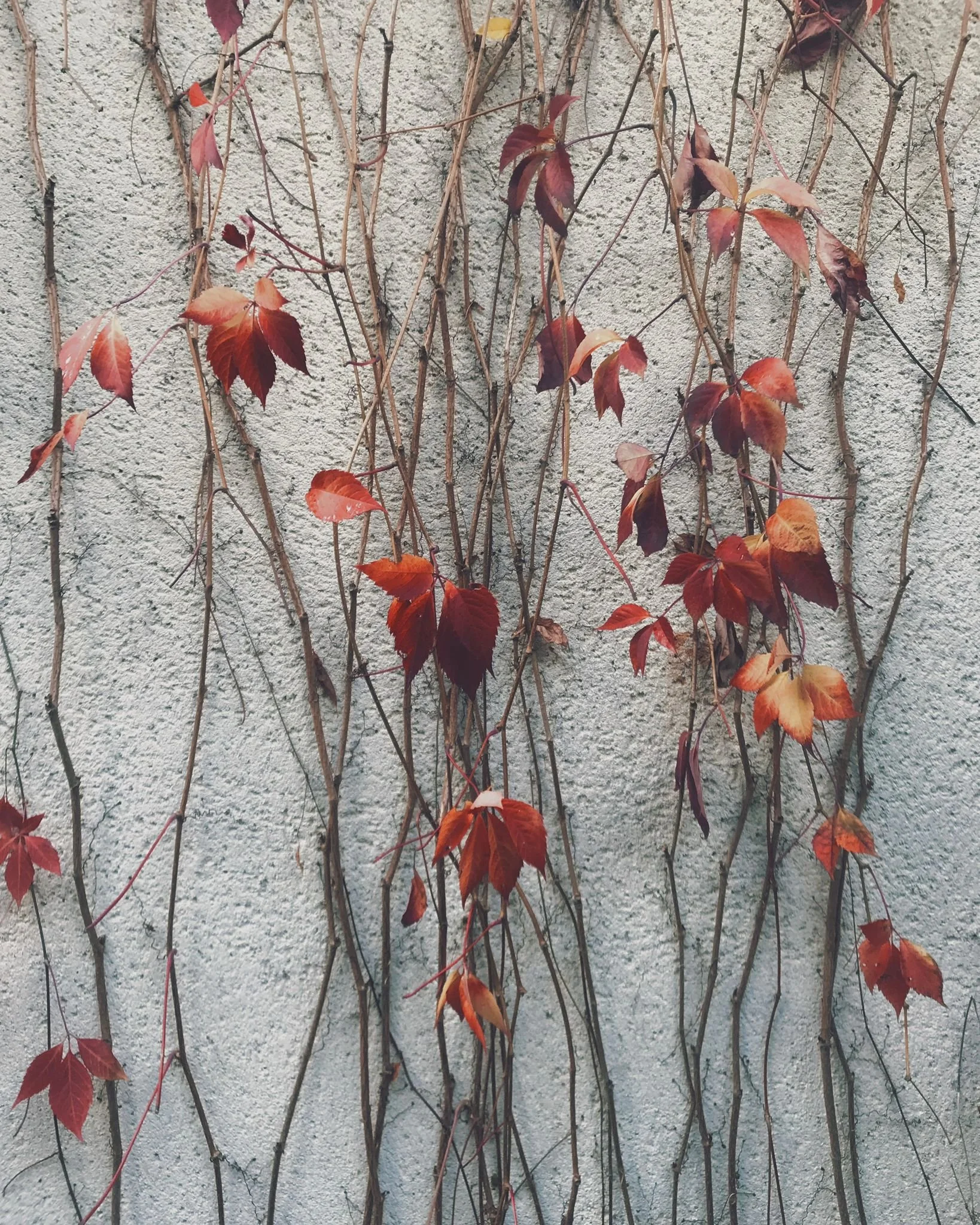At the last Beyond Storytelling Conferences and on some other occasions, we had the chance to offer Story Up↑ Your Artefact open sessions. Their beauty resides in their improvisational character (nothing is planned ahead of time), the collective performance (everybody plays a part) related to a very specific place and theme (the ones defined by the conference) and, last but not least, the video which stays with us as a result.
In this workshop, we open the tool box, thus inviting people to co-create ideas for a Story Up↑ Your Artefact and to design the process. After a vote for the best idea, we will use one of the open sessions to realize it. The workshop will be structured as follows:
1. Introduction to the concept and viewing of one or two of the past projects.
2. Introduction to the technical requirements, the way to organize the process in 90 min. and the software for postproduction.
3. Walk through the place and collection of inspirations with a good range of small story-practices: free association, haiku, one-shot-story, human machine, improv theater techniques, heroe's journey, fairy tale..
4. Creative work in small groups.
5. Celebration of the results and vote.
6. Reflexion: What is the power of those Artefacts? In which context could they unfold their impact? Can we imagine a collective action after BST 2020?
Story Up↑ Your Artefact has been conceived as a playful, entertaining yet sense-making experience, which short-time design can easily be adapted to a wide range of contexts, from workshops to team-days. It fosters out-of-the-box thinking, connection to surroundings and activates all senses.
The process in itself is an extremely empowering one, because it involves a whole group, working with its body, brain, heart, intuition altogether. Everybody is present, everybody is being heard. Nothing is ridiculous. The past experiences were truly jaw-dropping ones when it came to the celebration in plenary. At the same time and as does Art / Performance Art by its essence, it can unfold a very subversive energy. Through the resonance with the place, the group may eventually come to feel discursive fields sheltered there and use the Artefact to reframe them. Last but not least, this workshop could operate as an invitation to engage with stories of power in place and design a collective action beyond the time of the conference.











